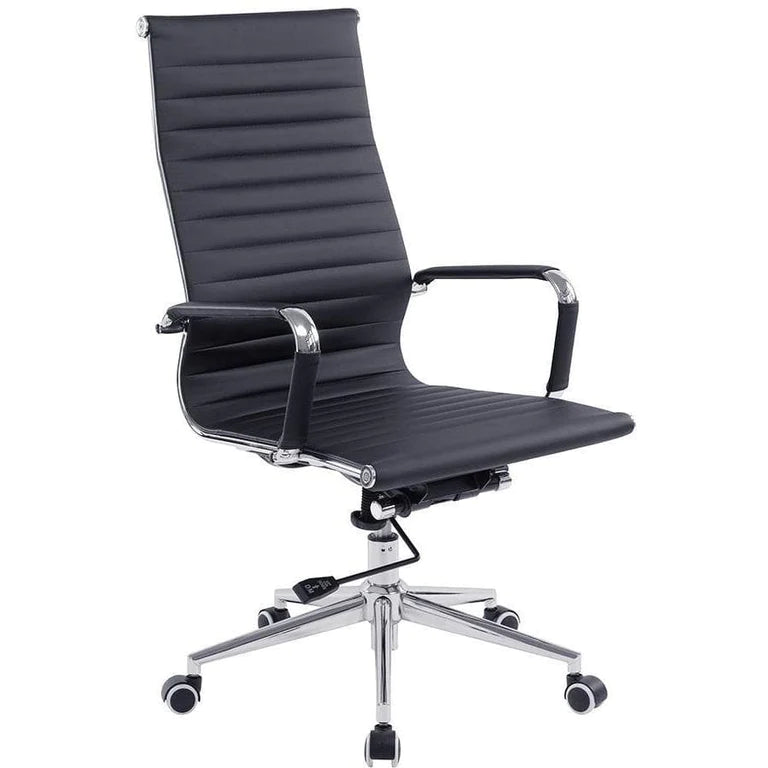
The Importance of Desk Height in Maintaining a Healthy Posture

As more individuals spend significant portions of their day working at a desk, the conversation around office ergonomics becomes increasingly crucial. One aspect that's often overlooked is the height of the desk. While it may seem like a minor detail, desk height plays a vital role in maintaining a healthy posture and preventing long-term health complications. Let's dive into the details.
Understanding Healthy Posture
Before we explore the connection between desk height and posture, it's important to understand what constitutes a healthy posture. Essentially, it refers to a position where your body experiences the least strain while performing tasks. In a seated position, a healthy posture involves both feet flat on the floor, a straight back, relaxed shoulders, and arms at a 90-degree angle when typing or using a mouse.
Why Desk Height Matters
If a desk is too high, you might find yourself reaching up to use your keyboard and mouse, which can cause shoulder and neck strain over time. Conversely, if a desk is too low, you might lean forward or hunch over, which can lead to lower back pain and tension in the neck.
The right desk height helps maintain the natural 'S' curve of the spine, preventing the undue stress that leads to musculoskeletal disorders over time. It encourages an upright posture, where your arms can rest comfortably, reducing the risk of repetitive strain injuries.
Determining the Right Desk Height
Standard desks are often about 29 to 30 inches high, suitable for people around 5'8" to 5'10". But since height varies, it's not a one-size-fits-all scenario.
To determine the optimal desk height, sit up straight in your chair with your feet flat on the floor. Position your arms so that they’re at a 90-degree angle at the elbow. Your desk should meet your hands at this height, allowing your arms to rest comfortably without causing you to hunch or lift your shoulders.
Adapting to the Ideal Desk Height
For those unable to replace their current desk, there are still ways to optimize ergonomics. Adjustable chairs can help align your arms at the correct height. If the desk is too low and can't be adjusted, consider adding a platform under your computer or using a keyboard tray to raise these items to a more comfortable height.
Conclusion
While it's just one piece of the ergonomic puzzle, appropriate desk height is integral to maintaining a healthy posture and overall wellbeing. Taking the time to assess and adjust your workspace can lead to improved comfort, less strain and pain, and increased productivity in the long run.









